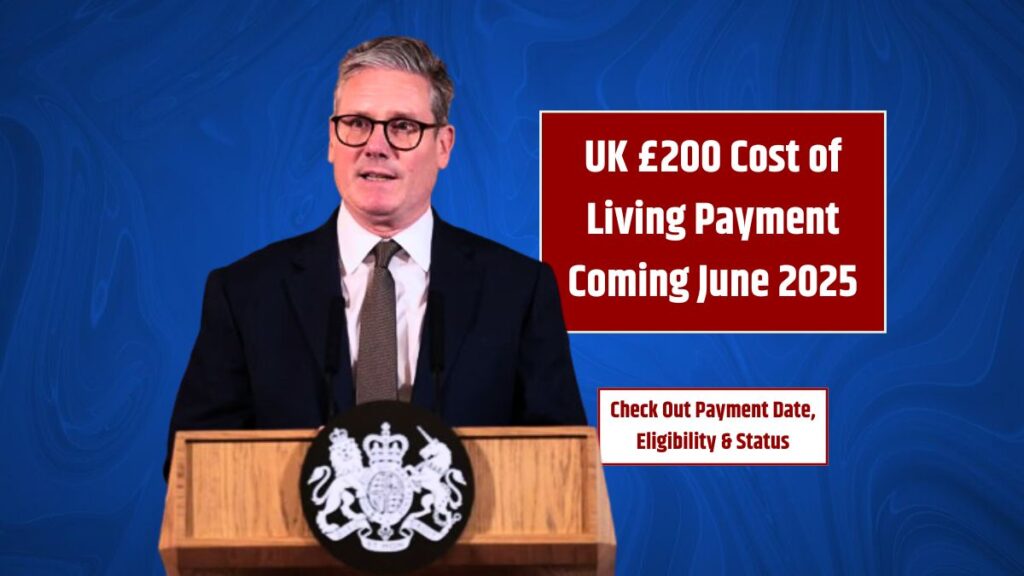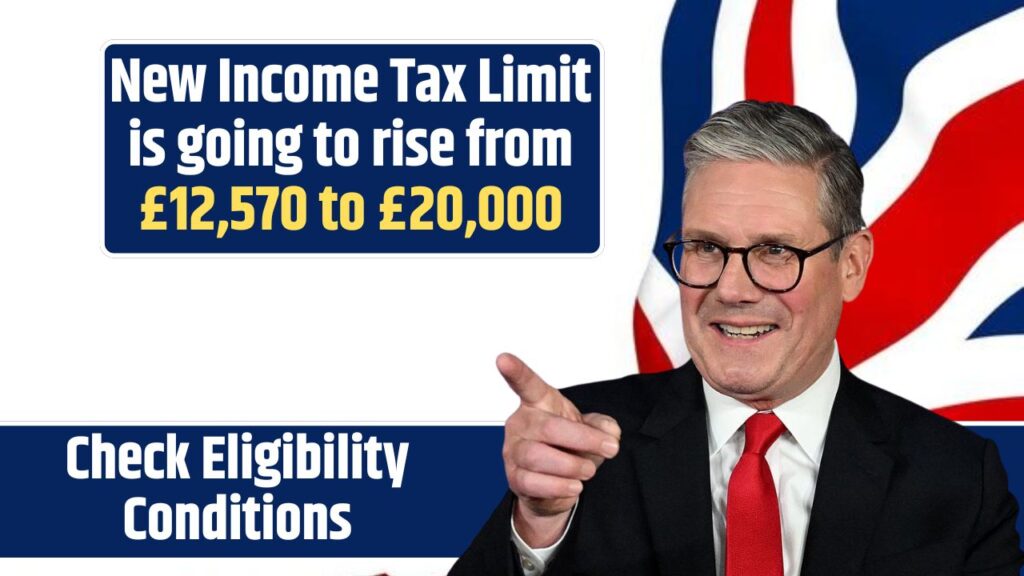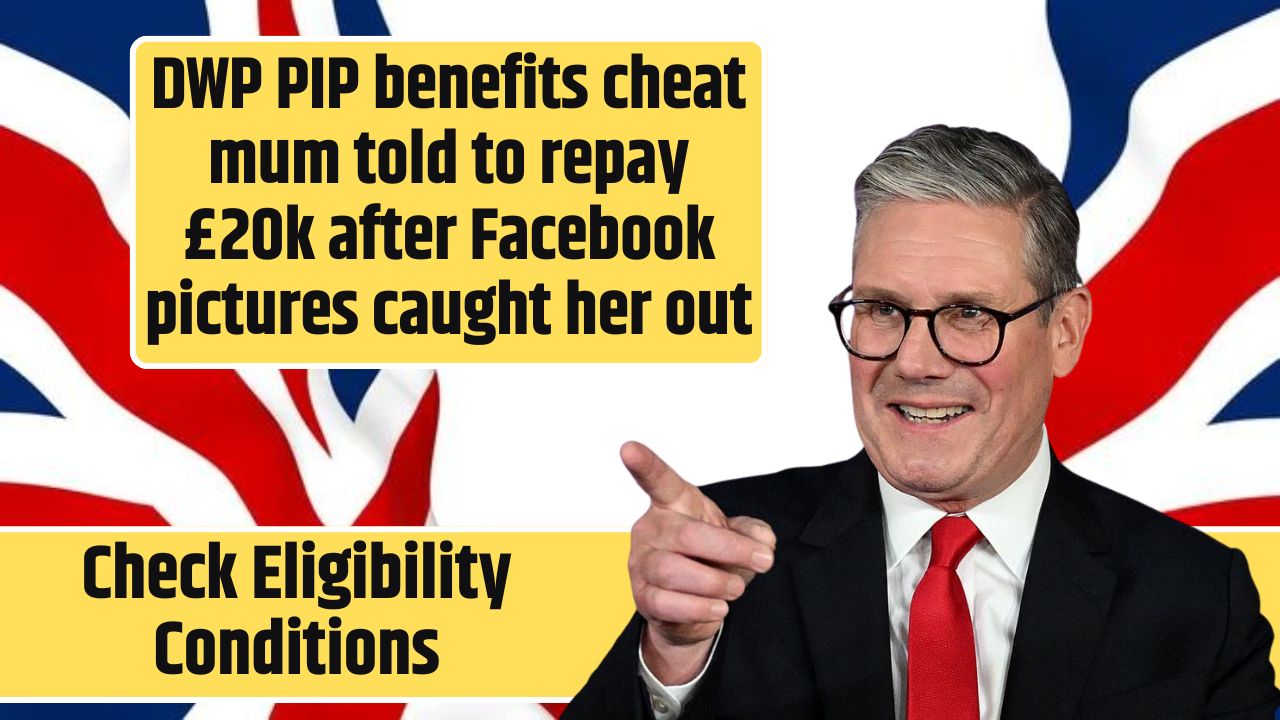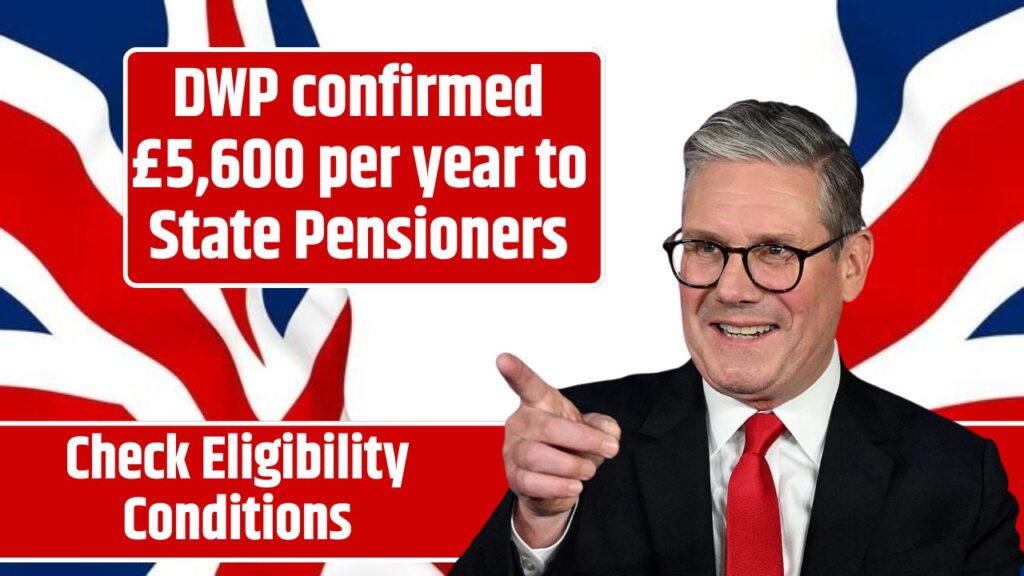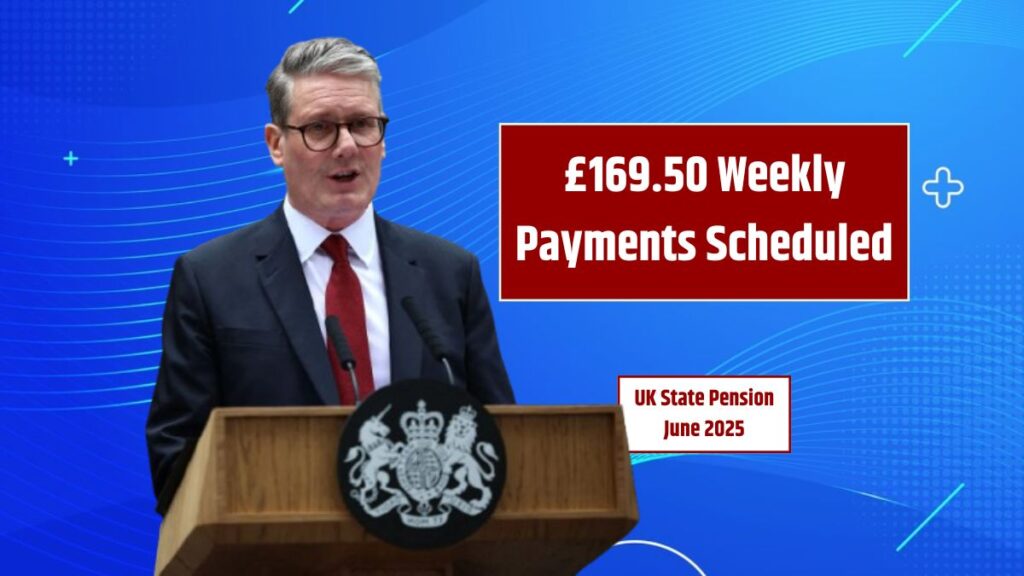In a major legal win for everyday consumers, Visa and MasterCard have agreed to a $200 million class action settlement. The case focused on allegations that the two financial giants conspired with banks to keep ATM withdrawal fees unnecessarily high.
The lawsuit spans transactions from 2007 through 2025 and accuses the companies of violating antitrust laws by restricting competition in ATM fee pricing.
So, what does this mean for you? If you’ve paid steep ATM fees in the past 18 years, you could be eligible for a refund of up to $2,000.
Allegations
This lawsuit wasn’t just about a few cents here and there. It claimed Visa and MasterCard created unfair rules that stopped ATM operators from offering cheaper fees through alternative networks. In simple terms, they made sure that high fees stuck around—costing consumers more money with every withdrawal.
That’s a big deal. Instead of the market working naturally to reduce fees over time, Visa and MasterCard allegedly kept prices high by shutting out competition.
Timeline
The complaint gained steam over the years, pushed forward by advocacy groups and frustrated consumers. From 2007 to 2025, millions of ATM users unknowingly paid surcharges that were higher than necessary. The court finally agreed that these practices violated antitrust laws and harmed users.
Settlement
Here’s the breakdown of the $200 million settlement:
| Company | Amount Paid |
|---|---|
| Visa | $104.6 million |
| MasterCard | $92.8 million |
| Total | $200 million |
This money will go toward refunding consumers affected by the high fees. Whether you withdrew cash once or dozens of times during the period, you might get something back.
Refunds
Wondering how much you could receive? Refunds will be calculated based on:
- How much you paid in ATM surcharge fees between 2007 and 2025.
- How many people file valid claims.
- The $200 million limit of the settlement fund.
Basically, the more you paid, the more you’ll likely get. If the number of claims exceeds the fund, payments will be scaled down proportionally.
You’ll need to submit a claim form and include proof—like bank statements or ATM receipts—to show your ATM usage and the fees you were charged.
Claiming
Here’s how to claim your share of the settlement:
- Fill out a claim form – Found on the official settlement website or via mail.
- Provide documentation – Such as ATM receipts or statements showing surcharge fees.
- Submit on time – Late claims won’t be considered, so don’t delay.
Payments will be issued once all claims are reviewed. You’ll likely get your refund via direct deposit or a check.
Impact
The court ruled in favor of consumers, calling out Visa and MasterCard for engaging in non-competitive practices. That’s a big win. This case could reshape how ATM fees are handled going forward.
Here’s what it means:
- Legal precedent: It opens the door for similar lawsuits and challenges to hidden banking fees.
- More competition: Smaller networks may now have room to offer better pricing.
- Better transparency: You’ll likely see clearer fee disclosures at ATMs in the future.
Future
This case may have ripple effects in the financial world. Here’s what to expect:
- Tighter regulation: Lawmakers may push for clearer ATM fee rules.
- Fee structure changes: Visa and MasterCard might change their ATM surcharge models.
- More lawsuits: Other financial institutions could face similar challenges over hidden fees.
Bottom line? This lawsuit sends a clear message: unfair pricing won’t go unnoticed. If you’ve been hit with ridiculous ATM fees over the years, now’s your chance to get some of that money back.
FAQs
Who can claim a refund?
Anyone charged ATM surcharges from 2007 to 2025.
How much can I get back?
Up to $2,000 depending on your ATM usage.
What proof is needed to file a claim?
Bank statements or ATM receipts showing fees paid.
How are refunds calculated?
Based on fees paid and total number of valid claims.
When will I receive my payment?
After claims are processed and verified by the administrator.





